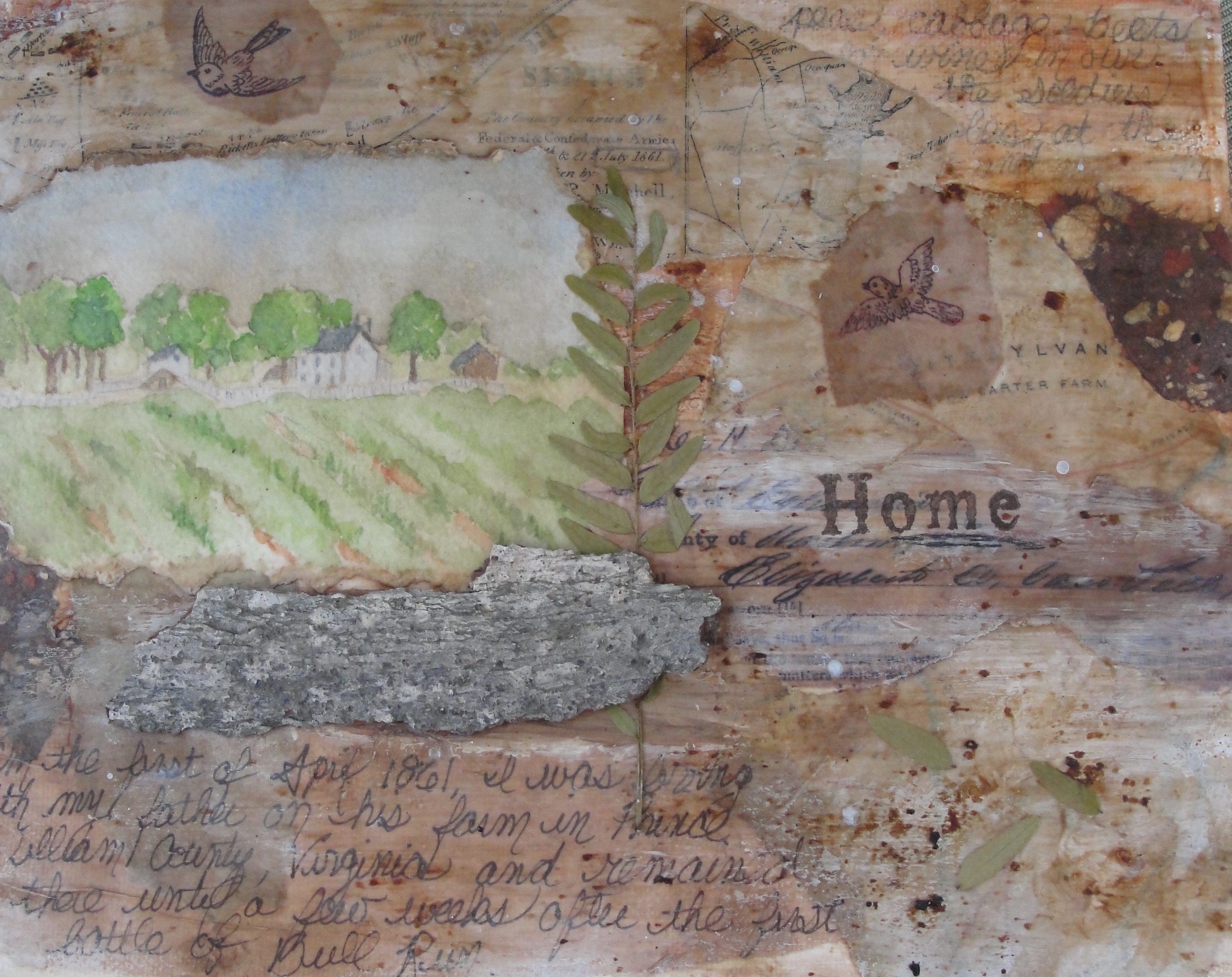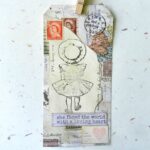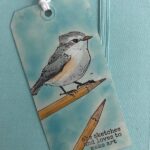A Home on the Battlefield

Civil War archives weave together thousands of stories, many military in nature, but before, during, and after the battles at Manassas, farmers and tradespeople made the Bull Run community their home. Stories, like that of the Van Pelt family, remain important threads in this historic tapestry.
At least ten years before the war, Abraham Van Pelt, Union loyalist from New Jersey, settled his wife, Jemima and daughter Elizabeth at Avon, the 230-acre family farm overlooking Bull Run. The 1850 census lists Abraham as living in Prince William County.
Cabbage, parsnips, carrots, and beets grew in the Avon garden, with pines and hardwood trees in abundance across the farm (1) Due to its location, the farm became strategic to both Union and Confederate armies as the Civil War invaded the once peaceful community. The white house on the ridge, survived the first battle of Manassas, despite the farm itself being hit by Union shells targeting the Confederate signal station on the hill. Avon took on another role during the Second Battle of Manassas, that of a Union hospital. Abraham and his wife moved back to New Jersey later in the war, with Elizabeth staying on to manage the farm. After the war, Elizabeth filed a petition with the Commitee on War Claims for property taken by the Union army, only a small part of which was allowed to be settled (2).
Sadly, the white wooden house no longer stands atop the ridge, but visitors can imagine and appreciate the view from the Stone Bridge Trail at the Manassas National Battlefield Park.
Project information: This mixed media panel depicts the many layered life of the land – home to humans and animals, battlefield, and farms. The small watercolor depicts the Van Pelt home, seen in a Library of Congress photograph taken in 1862. I used gesso, acrylic paint, natural materials, watercolor paper, pieces of reproduced battlefield maps, and applied those to canvas. I used a faux encaustic technique and instant coffee to give the piece the aged appearance. This piece involved lots of layers, much like the history of the battlefield itself. This is one panel of a three panel project donated to Manassas National Battlefield Park for my 2017 Artist-in-Residency.
(1) U. S. Bureau of the Census. 1850, 1860, and 1870 Population Schedules, Prince William County, Virginia. Prince WIlliam County Library, Manassas, Va. Microfilm.
(2) U. S. Department of the Treasury, Southern Claims Commission, 1871-1880. Allowed Claims. Record Group 217, National Archives, College Park, Maryland.
















